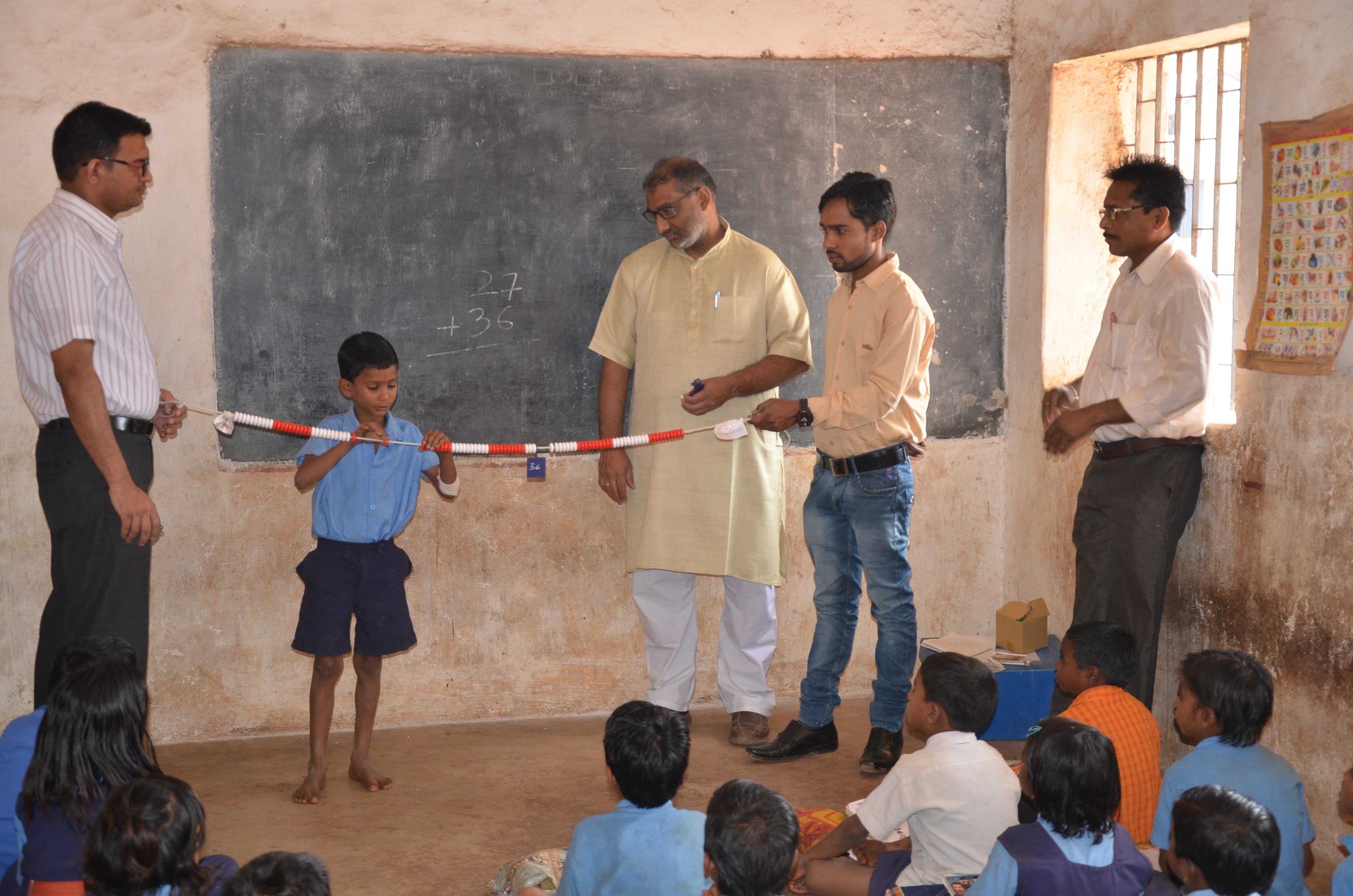Empowering Rural Educators with Practical Tools and Resources

“Education is the key to unlocking the world, a passport to freedom.” — Oprah Winfrey.
Every child deserves access to quality education, but for many in rural India, this remains a challenge. Teachers in these regions often work with limited resources, traditional methods and overcrowded classrooms. Without structured support, engaging students and improving learning outcomes becomes difficult.
Yet, change is possible. By equipping rural educators with innovative digital learning tools, and structured teaching resources, we can bridge this gap and create a lasting impact.
The Need for Better Support in Rural Classrooms
In many rural schools, one teacher handles multiple grades in a single classroom. Lesson planning takes up valuable time, and without engaging learning materials, keeping students focused is a challenge.
According to the National Achievement Survey (NAS) 2021, rural students lag behind their urban counterparts in foundational literacy and numeracy skills. The reason? A lack of teacher training and access to structured learning resources.
We need affordable, scalable and technology-driven solutions that empower teachers and enhance classroom learning.
Sampark Foundation’s Innovative Approach
At Sampark Foundation, we believe in “Sahi Kram, Sahi Dhang” – a structured, impactful way of improving education through frugal innovation. Our solutions focus on empowering teachers first – because when educators are supported, students thrive.
Sampark TV: Transforming Classrooms with Digital Learning
One of our most impactful innovations is Sampark TV, a simple yet powerful tool designed to make learning interactive and engaging, without requiring an internet connection.
- Curriculum-aligned content: Pre-loaded with animated lessons, videos, and interactive exercises aligned with the state curriculum.
- No Internet needed: Works completely offline, making it accessible even in the most remote villages.
- Easy for teachers:Comes with a simple plug-and-play setup, requiring no special training to operate.
- Multi-language support: Ensures children can learn in their home language, making complex subjects easier to grasp.
Other Solutions Empowering Rural Educators
Alongside Sampark TV, Sampark Foundation has introduced a range of innovative and practical solutions designed to empower rural educators. These tools stem from frugal innovation, ensuring they are effective, scalable, and cost-efficient.
- Sampark Smartshala App: A free digital learning platform offering lesson plans, teaching modules, and gamified assessments based on the Kaun Banega Crorepati format.
- Sampark Didi: A storytelling-based audio device that simplifies English learning.
- Interactive teaching kits: Hands-on tools like Ganitmala, Base 10 balls, and board games to make learning fun and experiential.
Case Study: Scaling Impact Through Collaboration
Sampark Foundation actively collaborates with state governments to ensure these solutions reach the most underserved schools.
- Rajasthan: In 2022, Sampark Foundation signed a five-year agreement with the Rajasthan Council of School Education, impacting 3.7 million children across 65,000 primary schools.
- Himachal Pradesh: In 2023, the Himachal Pradesh government extended its partnership with Sampark Foundation until 2025 to improve primary education across government schools.
- Uttarakhand: In September 2024, the Uttarakhand government expanded the Sampark TV Smart Schools program to 4,337 government schools, benefiting 250,000 children.
Impact on Rural Education
The impact of these tools and resources has been transformative. Over 1.5 crore children across 100,000 schools have benefitted from Sampark’s interventions, with notable improvements in learning outcomes:
- Student attendance has increased by 16%: This reflects greater engagement and interest.
- Teacher workload has been reduced by 30%: This enables educators to focus on personalised student attention.
- Academic scores have improved by 32%: This bridges the learning gap and fosters confidence among students.
Moreover, the training of 600,000 teachers ensures that these resources are utilised effectively, thereby creating a ripple effect of positive change in rural classrooms.
A Collaborative Effort
Sampark Foundation’s success lies in its collaborative approach. By partnering with state governments, corporate bodies, and philanthropic organisations, we ensure that our tools reach the remotest corners of the country.
These partnerships not only provide the necessary funding and infrastructure but also enable continuous monitoring and refinement of programmes for sustained and real impact.
Conclusion
When teachers are empowered, students succeed. Sampark Foundation is committed to empowering rural educators with the right tools, making classrooms more engaging, reducing teacher workload and improving learning outcomes.
Join us in this movement! With just $1, you can help equip a teacher with the resources needed to transform a classroom. Know more about the Sampark Foundation and how you can support this change.
